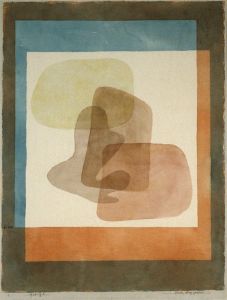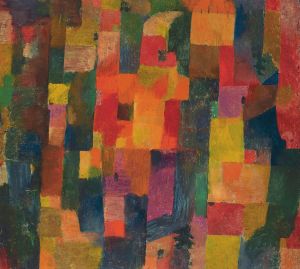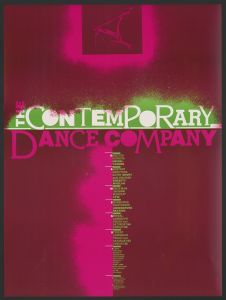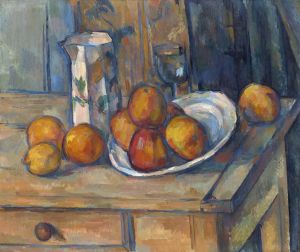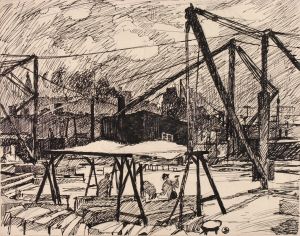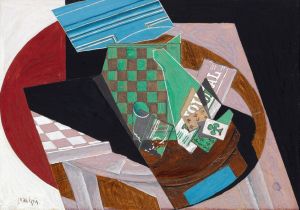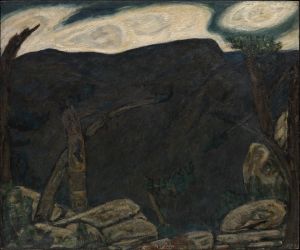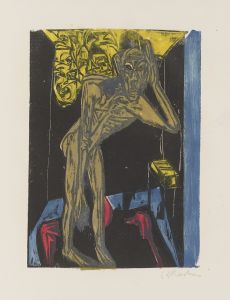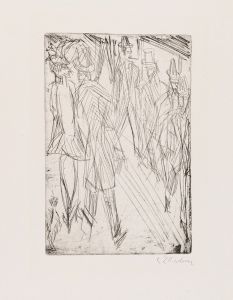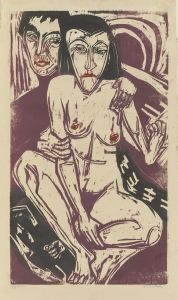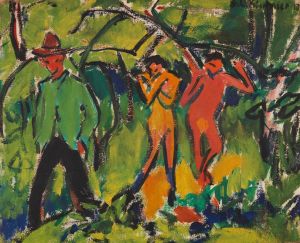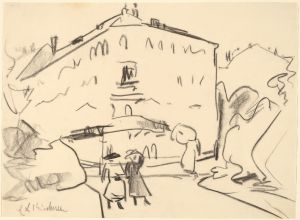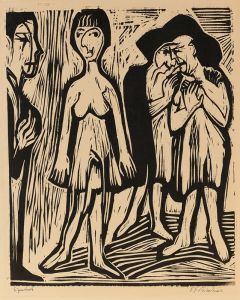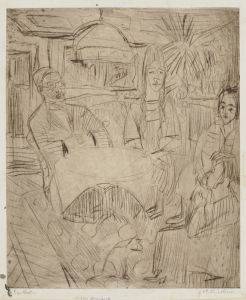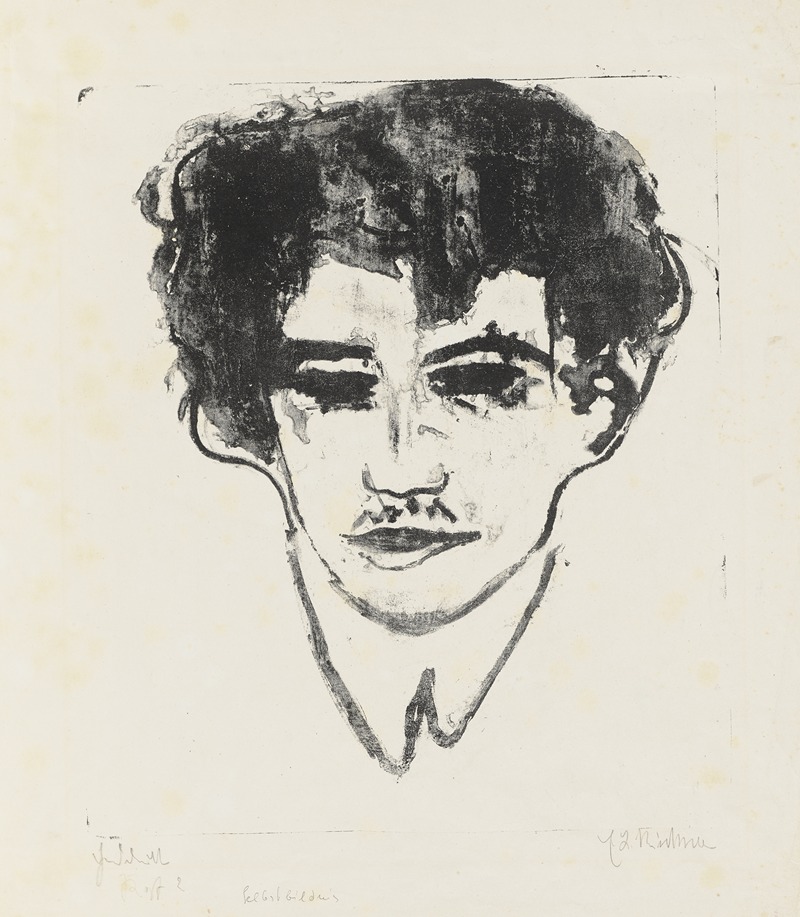
Kopf 2
A hand-painted replica of Ernst Ludwig Kirchner’s masterpiece Kopf 2, meticulously crafted by professional artists to capture the true essence of the original. Each piece is created with museum-quality canvas and rare mineral pigments, carefully painted by experienced artists with delicate brushstrokes and rich, layered colors to perfectly recreate the texture of the original artwork. Unlike machine-printed reproductions, this hand-painted version brings the painting to life, infused with the artist’s emotions and skill in every stroke. Whether for personal collection or home decoration, it instantly elevates the artistic atmosphere of any space.
Ernst Ludwig Kirchner was a German expressionist painter and one of the founding members of the artist group Die Brücke, which played a pivotal role in the development of modern art in the early 20th century. Kirchner's work is characterized by its bold use of color, dynamic compositions, and a focus on the human figure, often exploring themes of modernity and urban life.
"Kopf 2" is one of Kirchner's works that exemplifies his expressionist style. While specific details about "Kopf 2" are limited, it is known that Kirchner often created portraits and head studies that captured the psychological depth and emotional intensity of his subjects. His portraits are notable for their vibrant colors and expressive brushwork, which convey a sense of immediacy and raw emotion.
Kirchner's approach to portraiture was influenced by his interest in non-Western art forms, particularly African and Oceanic art, which he admired for their directness and spiritual power. This influence is evident in the stylized features and bold outlines that characterize many of his head studies, including "Kopf 2." The painting likely reflects Kirchner's desire to break away from traditional European artistic conventions and explore new ways of representing the human form.
Throughout his career, Kirchner was deeply affected by the social and political upheavals of his time, including the rapid industrialization of Germany and the trauma of World War I. These experiences informed his artistic vision and contributed to the sense of anxiety and alienation that permeates much of his work. In "Kopf 2," as in many of his portraits, Kirchner may have sought to capture the inner turmoil and existential uncertainty of modern life.
Kirchner's work, including pieces like "Kopf 2," was not only a reflection of his personal experiences but also a commentary on the broader cultural and social changes occurring in early 20th-century Europe. His art challenged viewers to confront the complexities of the human condition and the impact of modernity on individual identity.
Despite facing significant challenges throughout his life, including struggles with mental health and the eventual condemnation of his work by the Nazi regime, Kirchner remained a prolific and influential artist. His contributions to the expressionist movement have left a lasting legacy, and his works continue to be celebrated for their emotional depth and innovative approach to form and color.
"Kopf 2," like many of Kirchner's paintings, is a testament to his ability to convey the psychological and emotional dimensions of his subjects through a distinctive and powerful visual language. While specific information about the painting's provenance or current location may not be readily available, it remains an important example of Kirchner's artistic exploration and his impact on the development of modern art.





